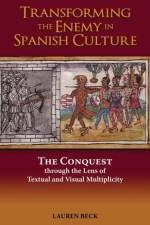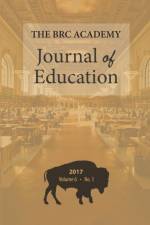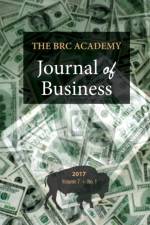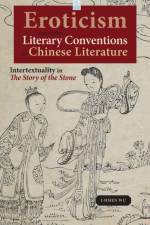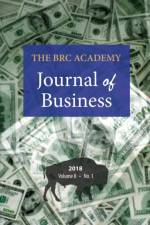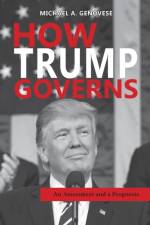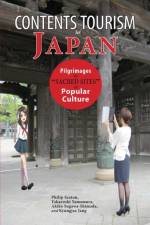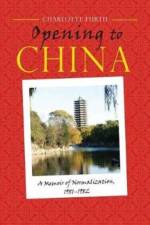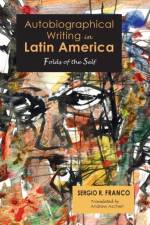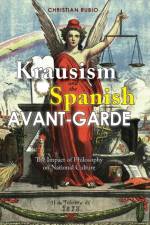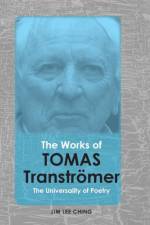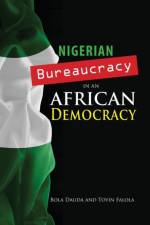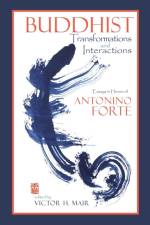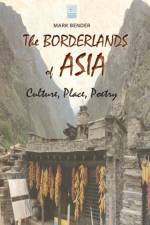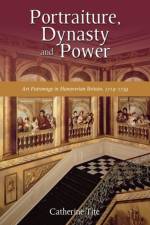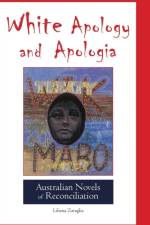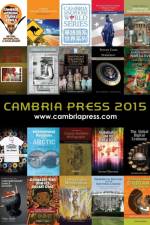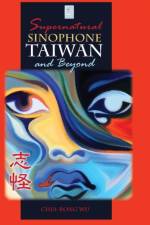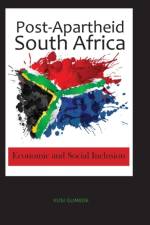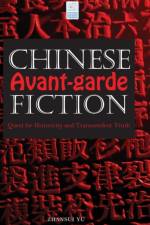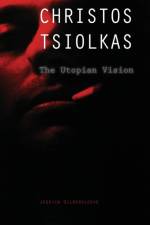von Christian Rubio
122,00 €
At the turn of the eighteenth century, Spain witnessed the rise of a liberal side that directly confronted the government during the First Carlist War (1833 1839), considered by many as the first civil war. After this conflict, many liberals felt the need to continue challenging the status quo, and to that end, they explored new concepts that originated beyond the borders of the Iberian nation. In many ways, they found their answer in the philosophical movement known as Krausism. Founded in Germany by Karl Christian Krause, introduced in Spain by Ruperto Navarro Zamorano in 1841, and expanded by Juli n Sanz del R o when he published Ideal de la Humanidad para toda la vida (1871), Krausism led to several important changes, including in politics. In fact, Krausism was considered to be driving force behind the Revolution of 1868, which brought the First Republic (1873 1874). However, Krausism also had great impact in other important fields, such as education and the arts. At a time when Spain s literacy rate bordered ninety percent, the need for a major overhaul in their education was a rare topic of agreement for liberals and conservatives. One of the most important educational centers that propelled those much-needed changes was the Instituci n Libre de Ense anza (ILE), a school founded under the influence of Krausism. This center paved the way for the foundation of future institutions, such as La Junta de Amplicaci n de Estudiantes. Continuing with ILE s ideology, this council launched various important schools, among them were La Residencia de Estudiantes and La Residencia de Se oritas. These two schools provided the ideal place for the development of the Spanish avant-garde. Equally important, Krausism brought to Spain the topic of aesthetics, which was introduced as a school subject by Sanz del Rio, and further explained by the founder of ILE, Francisco Giner de los R os, when he translated the works of Krause on the topic. These various introductions allowed men and women to explore new concepts in arts and display their talents. With the ever changing definition of Modernism, many Spanish critics continue to treat Spanish Modernismo as a different entity compared with the European version. This traditional approach in Modern Peninsular Literature and Cultural Studies has allowed for a generational division of literary and artistic production in Spain. These generations, encompassing over fifty years, follow a set of rigid outlines that have isolated specific writers according to their birth year, a historical event, and certain selected themes. This mindset enabled that method to set the standard in many studies and surveys, where the avant-garde otherwise known as vanguardismo has been considered part of the so-called Silver Age. However, recent investigations encourage a departure from this approach because it has not allowed new inquiries regarding the role of movements, places, and people during those years. This book responds to this call and offers an innovative approach to looking at various developments that occurred in Spain. By historicizing the emergence and impact of Krausism on the Spanish culture, this study answers questions such as: What made Spain the perfect place for the avant-garde? And, what events paved the way for the development of these movements? This is the first study that directly links Krausism to the Spanish avant-garde. To this end, the book is presented in chronological order in efforts to highlight how Krausism evolved and affected the culture of Spain. Those changes occurred in the fields of education, politics, philosophy, literature, and arts, to name a few. The effects in these fields allowed for artists and writers to challenge the tradition, embrace new ideas, and experiment with aesthetics, which all led to the Spanish avant-garde. Furthermore, this book will spark a debate in the wider audience and serve as a springboard, as well as a guide to new ways to analyze important cultural periods in Spain. To continue with the traditional approach would mean continuing to neglect the influence of ideologies, the importance of key playmakers, and the acceptance of obsolete paradigms as a norm. Krausism and the Spanish Avant-Garde is an important book for researchers, teachers, and students, both at the undergraduate and graduate level, in the fields of cultural studies, Spanish avant-garde, philosophy, and education.


